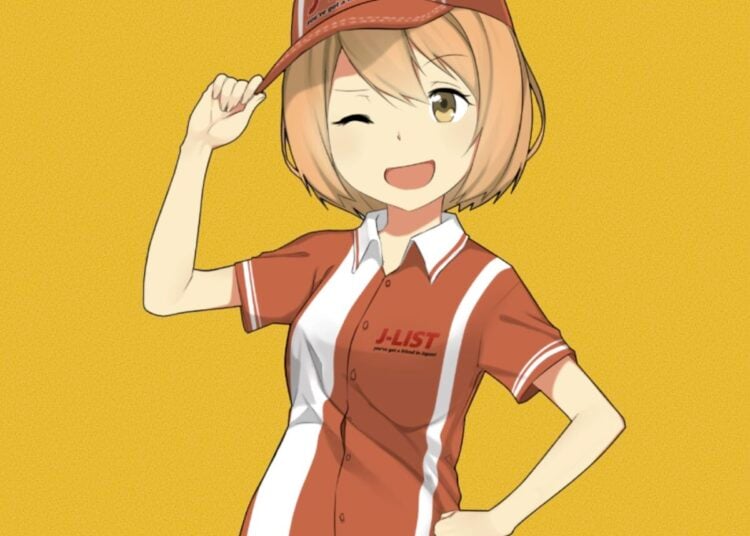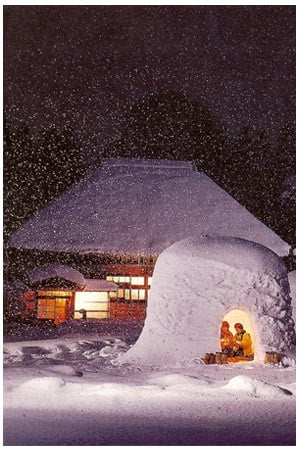Akihabara is the area of Tokyo famous for its Electric Town shopping district and for being the international center of otaku culture. It’s a popular destination with foreign visitors to Japan, and you can always tell the train has arrived there because all the gaijin will get off suddenly. But Akiba, as it’s often called, hasn’t always been the Holy Land for anime and computer nerds. In 1869, after a devastating fire in the area, the Meiji Emperor ordered a temple built for prayers against future fires, which people started referring to as Akiba-sama, a Shinto/Buddhist deity believed to protect against fire. When the area was ordered cleared of trees to prevent further fires from reaching the more populated areas of the city, the field (hara) that resulted was named Akihabara, the Field of Autumn Leaves. After World War II, shops selling vacuum tubes to students attending a nearby technical school appeared, and this formed the base of the electronics retailers that are so famous now. During the 1990s, home electronics and computers were available just about anywhere, making Akiba less important as an electronics hub, and shops specializing in anime CDs and videos, doujinshi comics and PC dating-sim games started to take over.

Some background on Akihabara, one of the most internationally famous parts of Tokyo.















